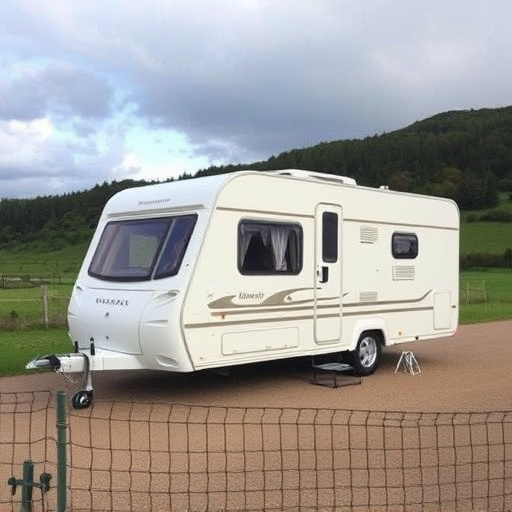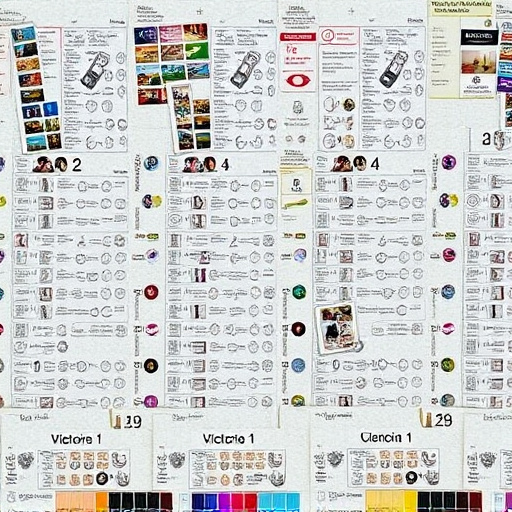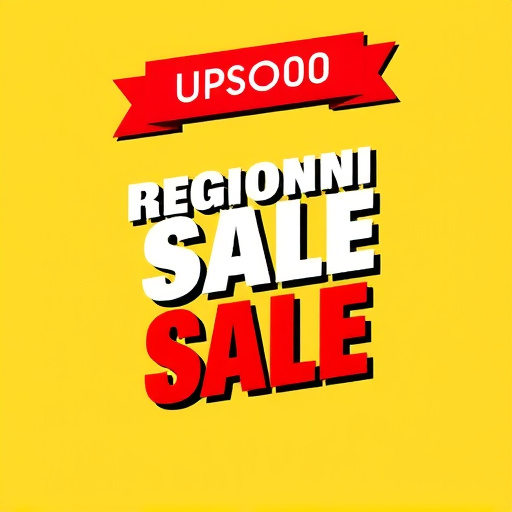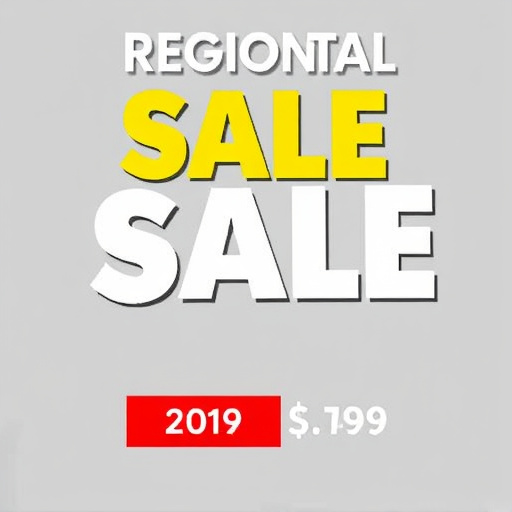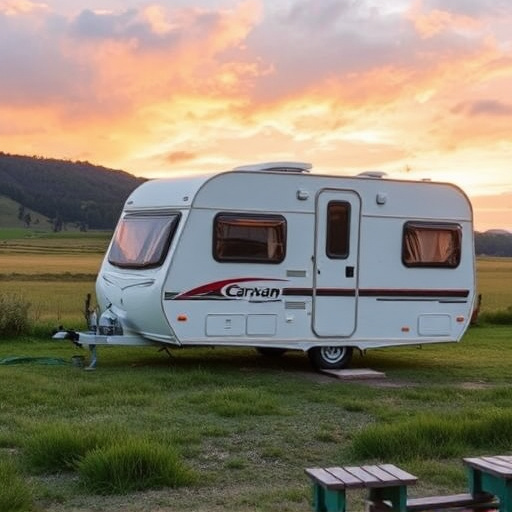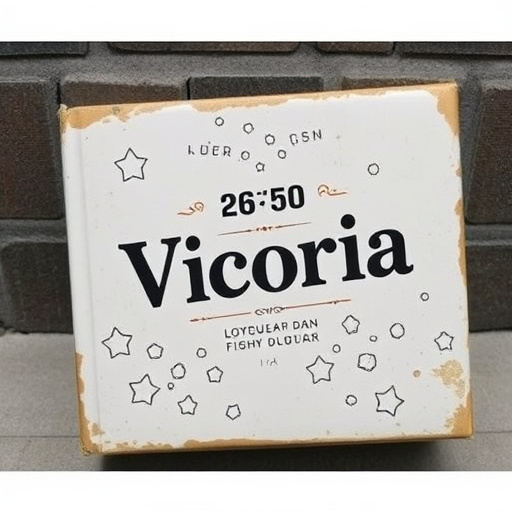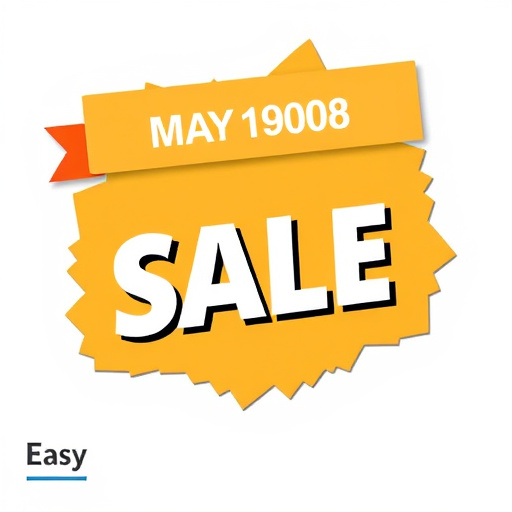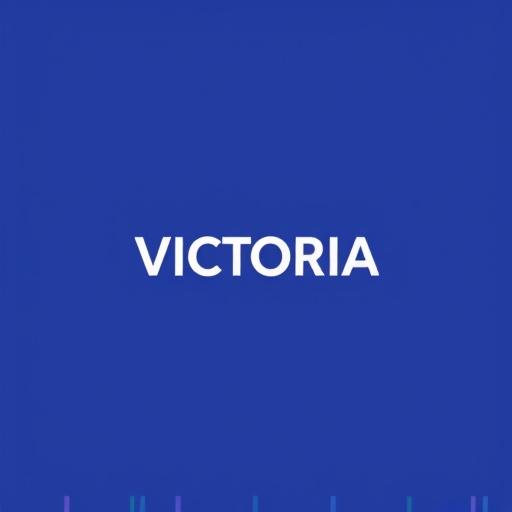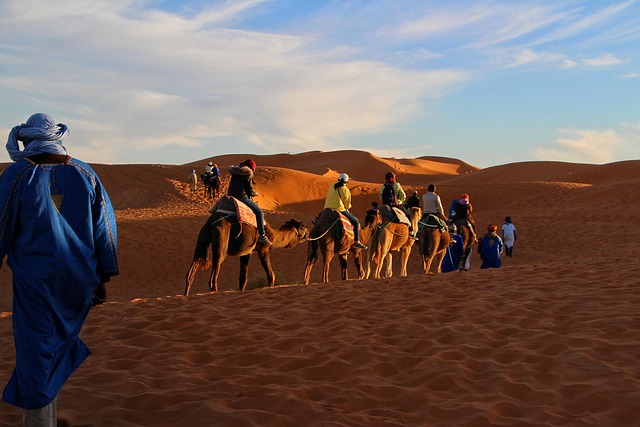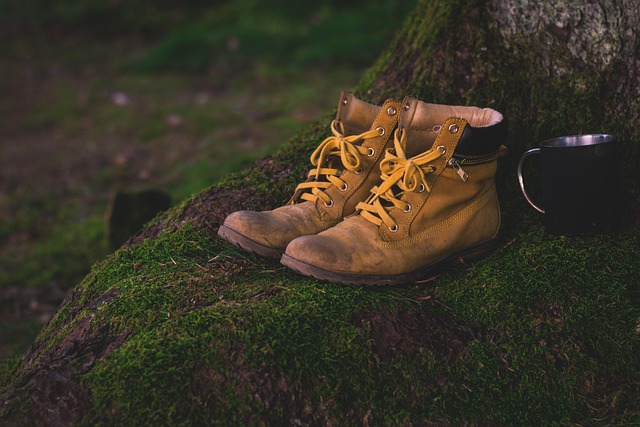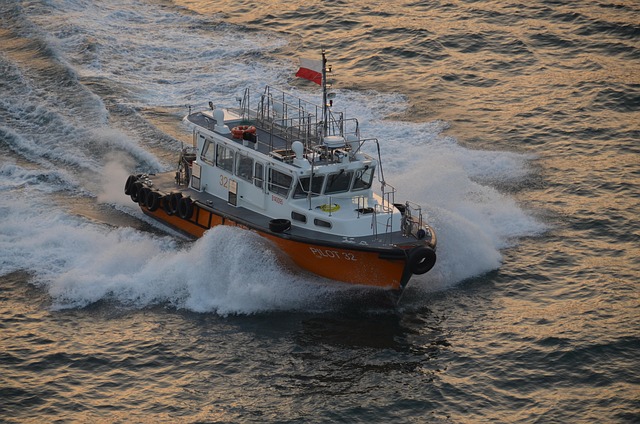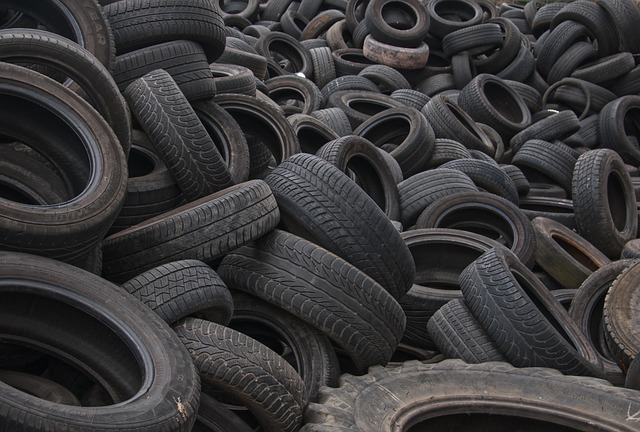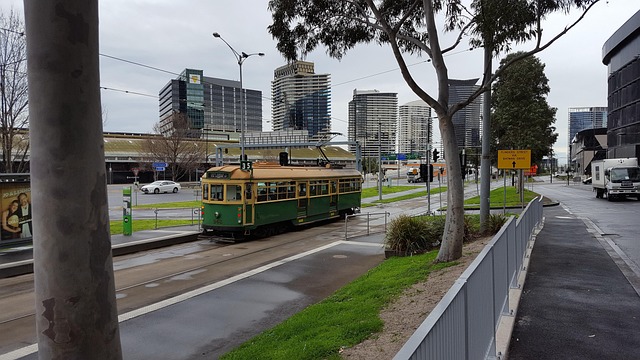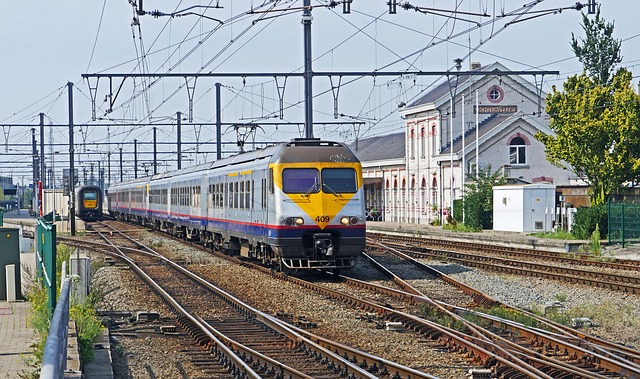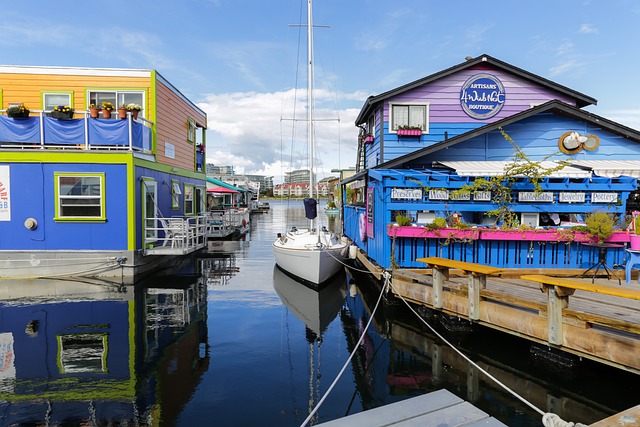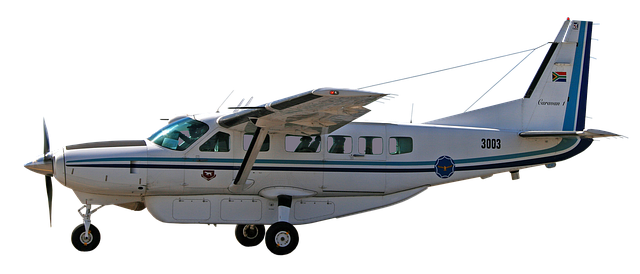Caravans Used For Sale Victoria: A Comprehensive Overview
Introduction
Welcome to an exhaustive exploration of the vibrant and ever-evolving world of caravans used for sale in Victoria, Australia. In today’s modern era, where travel and leisure activities are at an all-time high, caravans have emerged as a popular choice for those seeking flexible, portable homes. Victoria, known for its diverse landscapes and bustling cities, has become a significant market for the purchase and sale of used caravans. This article aims to provide an insightful guide, delving into various aspects that shape this dynamic industry. From understanding the basics to exploring future trends, readers will gain valuable knowledge about the world of Victorian caravan sales.
Understanding Caravans Used For Sale Victoria
Definition and Core Components
Caravans used for sale in Victoria refer to recreational vehicles designed for travel and accommodation purposes. These caravans vary in size, style, and amenities, catering to diverse user needs. Core components include a towing vehicle (often a car or truck) and the caravan itself, which consists of a chassis, body, living quarters, and various fixtures and fittings. The market offers a wide range, from compact pop-up trailers suitable for weekend getaways to spacious motorhomes with all the comforts of home.
Historical Context
The concept of caravans has deep historical roots, dating back centuries. However, modern caravan development in Victoria began post-World War II when recreational travel gained popularity. In the 1950s and 60s, Victorian manufacturers played a pivotal role in refining caravan design, focusing on improving comfort, durability, and ease of towing. Over time, technological advancements have enhanced these vehicles, making them more efficient, safer, and comfortable. Today, Victoria boasts a thriving second-hand caravan market, catering to both local buyers and travelers seeking affordable travel solutions.
Significance and Broader Landscape
Caravans used for sale in Victoria hold significant value within the recreational vehicle industry. They offer an accessible entry point into the world of RV ownership, allowing individuals and families to explore Australia’s diverse landscapes at their own pace. The market caters to a wide range of buyers, from seasoned travelers to first-time caravan owners, each with unique requirements. Understanding this segment is crucial for manufacturers, dealers, and policy makers aiming to meet the evolving needs of Victorian caravan enthusiasts.
Global Impact and Trends
International Influence
The impact of caravans used for sale in Victoria extends far beyond its state borders. Australian caravanning culture has gained global recognition for its vibrant community and diverse travel opportunities. Many international travelers are drawn to Victoria’s stunning natural attractions, making it a popular destination for caravan vacations. This influx contributes to the overall demand for quality used caravans, both locally and internationally.
Shaping Trends
Several key trends influence the landscape of Victorian caravan sales:
- Sustainability Focus: There is a growing emphasis on eco-friendly caravans, with manufacturers incorporating energy-efficient systems and sustainable materials.
- Tech Integration: Modern caravans are increasingly equipped with advanced technology, such as smart home systems, entertainment centers, and GPS navigation.
- Customization: Buyers seek unique, customized caravans to match their personal styles, leading to a rise in after-market modifications and custom builds.
- Off-Grid Living: The appeal of off-grid caravan camping has spurred demand for vehicles with robust water, power, and waste management systems.
Regional Impact
Different regions within Victoria have distinct preferences and demands:
| Region | Popular Caravan Styles | Typical Buyers |
|—|—|—|
| Metropolitan Areas (Melbourne) | Motorhomes, travel trailers | Urban dwellers seeking weekend getaways |
| Coastal Regions | Beach caravans, pop-up campers | Families and surfers |
| Regional Areas | Off-road caravans, rugged trailers | Outdoor enthusiasts, farmers |
Economic Considerations
Market Dynamics
The Victorian caravan market exhibits dynamic characteristics:
- Seasonal Fluctuations: Sales tend to peak during the warmer months when travel is more feasible, reflecting a seasonal demand pattern.
- Market Growth: Increasing popularity of caravanning has led to steady growth, attracting new dealers and private sellers.
- Online Presence: The rise of online marketplaces has expanded reach, allowing buyers and sellers from across Victoria and beyond to connect easily.
Investment Patterns
Caravans used for sale in Victoria can be seen as a unique investment opportunity:
- Resale Value: Well-maintained caravans hold their value, with some models experiencing steady appreciation over time.
- Rental Potential: Many buyers consider the rental income from their caravans during peak seasons, making them an attractive investment.
- Long-term Ownership: Some enthusiasts view caravans as a long-term asset, enjoying both travel and potential financial gain.
Economic Impact
The industry contributes significantly to Victoria’s economy:
- Job Creation: Caravan manufacturing, dealership, and related services employ numerous individuals across the state.
- Tourism Boost: Caravans play a role in attracting tourists, fostering local economies and promoting regional development.
- Retail Sales: The market supports various ancillary industries, including accessories, maintenance, and travel gear retailers.
Technological Advancements
Innovations in Design
Technological advancements have revolutionized Victorian caravan sales:
- Lightweight Materials: Modern caravans incorporate lightweight yet durable materials like aluminum and composite fibers, improving towing efficiency.
- Aerodynamics: Streamlined designs and improved aerodynamics reduce drag, making towing more comfortable and fuel-efficient.
- Smart Features: Integrated smart technology enhances safety and convenience, with features like automatic braking systems, rear camera systems, and remote monitoring.
Digital Transformation
The digital age has brought about significant changes:
- Online Listings: Websites and apps offer extensive listings, allowing buyers to compare prices, specifications, and reviews effortlessly.
- Virtual Tours: 3D virtual tours and augmented reality (AR) experiences provide immersive online viewing options for remote buyers.
- Connected Caravans: Some manufacturers are developing ‘smart caravans’ with internet connectivity, offering real-time data on fuel levels, water usage, and more.
Future Potential
Emerging technologies offer exciting prospects:
- Autonomous Towing: Self-driving cars could revolutionize caravan towing, making it safer and more accessible to a wider range of users.
- Solar Integration: Advanced solar panel systems can provide off-grid power, improving energy efficiency and sustainability.
- Internet of Things (IoT): IoT devices will enable remote monitoring and control of various caravan systems, enhancing convenience and security.
Policy and Regulation
Key Policies
Victorian government policies and regulations shape the caravan industry:
- Vehicle Registration: Caravans must be registered with VicRoads, adhering to safety standards and emissions regulations.
- Towing Regulations: There are specific rules regarding towing vehicle capabilities and proper connection of caravans for safe travel.
- Camping Site Policies: Local councils and national parks enforce guidelines for caravan parking, waste management, and noise restrictions.
Regulatory Frameworks
The following legislation and bodies play a crucial role:
- VicRoads: Responsible for registering vehicles, including caravans, and enforcing road safety standards.
- Australian Standards (AS): Sets technical requirements for caravan construction, ensuring quality and safety.
- Environmental Protection Authority (EPA): Oversees environmental impacts, particularly in relation to waste management and emissions.
Influence on Development
These policies have a direct impact on:
- Safety: Regular updates ensure caravans meet modern safety standards, enhancing passenger protection during travel.
- Standardization: Regulatory bodies maintain consistent quality controls, fostering consumer confidence.
- Sustainability: Environmental regulations encourage manufacturers to adopt eco-friendly practices and technologies.
Challenges and Criticisms
Common Issues
Despite its popularity, the Victorian caravan market faces several challenges:
- High Entry Barriers: Initial costs for purchasing a caravan can be substantial, deterring some prospective buyers.
- Maintenance Concerns: Caravans require regular maintenance, particularly for older models, which can be costly and time-consuming.
- Limited Storage: Finding suitable storage spaces during off-season months is a challenge for many owners.
Criticisms and Solutions
Criticisms and proposed strategies to address them:
- Lack of Standardization: Some critics argue for more standardized pricing and transparency in the market. Implementing digital platforms offering clear price guides and specifications can mitigate this.
- Environmental Impact: Critics highlight the environmental footprint of caravans. Encouraging eco-friendly models, as well as proper waste management practices at campsites, can help address these concerns.
- Towing Safety: Improper towing techniques pose risks. Comprehensive driver education programs and mandatory training for first-time caravan owners could improve safety.
Case Studies
Success Stories
Inspiring examples from Victoria:
Case Study 1: The Victorian Family Adventure
A young family purchased a custom-built off-road caravan in regional Victoria, enabling them to explore remote areas during school holidays. Their unique design included solar panels, a robust water system, and ample living space. This purchase allowed them to embrace a nomadic lifestyle while staying within their budget.
Case Study 2: Vintage Caravan Restoration
A group of enthusiasts restored an antique caravan, transforming it into a luxurious retreat for weekend getaways. Their meticulous work paid off, as the restored caravan became a popular feature at local shows and events. This case highlights the potential for creativity and sustainability in the caravan market.
Case Study 3: Digital Caravan Sales
A dealer in Melbourne adopted innovative digital marketing strategies, utilizing social media and virtual reality to showcase high-end caravans to international clients. This approach facilitated successful sales and expanded their customer base.
Future Prospects
Growth Areas
The Victorian caravan market is poised for growth in several sectors:
- Eco-Tourism: With increasing environmental awareness, there will be a rise in eco-friendly caravan vacations, attracting conscious travelers.
- Off-Grid Living: The off-grid caravan market is expected to expand as more people embrace minimalist living and remote exploration.
- Customized Designs: Personalization will remain a trend, with buyers seeking unique caravans tailored to their individual needs.
Emerging Trends
Keep an eye on these emerging trends:
- Hybrid Caravans: Combining the best of motorhomes and travel trailers, hybrid models offer increased versatility and functionality.
- Smart Camping: The integration of smart home technology into campsites will enhance the overall camping experience, providing digital amenities in remote locations.
- Caravan Sharing Communities: Similar to car-sharing programs, caravan owners can rent out their vehicles for short-term vacations, fostering a community-driven approach.
Strategic Considerations
To capitalize on future prospects:
- Sustainability Focus: Manufacturers should prioritize eco-friendly technologies and materials to appeal to environmentally conscious buyers.
- Digital Integration: Embracing digital platforms for sales, marketing, and customer support will enhance accessibility and improve the buying experience.
- Community Building: Establishing online communities and forums can create a sense of belonging among owners, fostering loyalty and word-of-mouth recommendations.
Conclusion
Caravans used for sale in Victoria represent a vibrant, dynamic segment within the recreational vehicle industry. From historical roots to global influences, this market has evolved to cater to diverse buyer needs. Technological advancements, regulatory frameworks, and changing consumer preferences shape its trajectory. Despite challenges, the industry thrives, offering unique travel experiences and contributing significantly to Victoria’s economy. As we look ahead, the future holds exciting prospects, with sustainable practices, digital transformation, and customized designs taking center stage.
FAQ Section
Q: What are the average costs of buying a used caravan in Victoria?
A: Prices vary widely based on size, age, and condition. Basic models start from around $10,000 AUD, while high-end caravans can exceed $100,000 AUD.
Q: How do I choose the right caravan for my family?
A: Consider your travel preferences, budget, and family size. Research different styles, consult experts, and test drive various models to find the best fit.
Q: Are there any specific safety standards I should look out for?
A: Yes, ensure the caravan meets Australian Standards (AS) for safety, particularly regarding structural integrity, brakes, lighting, and electrical systems.
Q: Can I register a used caravan in Victoria?
A: Absolutely! VicRoads provides registration services for all types of vehicles, including caravans. You’ll need relevant documents and may require an inspection.
Q: How do I maintain my caravan during off-season months?
A: Store it in a secure, weatherproof environment. Regularly check for water leaks, battery condition, and tire pressure. Consider overhauling or servicing to prepare it for the next season.
Off Track RV in Epping, VIC, disrupts traditional caravan dealerships by focusing on affordable quality and direct sales. They offer significant price drops on new and used caravans through eliminating middlemen. Customers should compare models,…….
Off Track RV in Epping, VIC, offers eco-friendly, affordable refurbished caravans for outdoor exploration. Meticulously restored pre-owned models meet high quality and safety standards, ideal for seasoned travelers and beginners. Their Victoria…….
Victoria's diverse second-hand caravan market offers a vibrant selection of models from private sellers and dealerships, catering to various needs and budgets. Quick sale caravans from reputable dealers like Off Track RV in Epping can provi…….
Off Track RV offers specialized Caravans Used For Sale in Victoria, designed for rugged exploration and off-grid comfort. Their pre-owned selection undergoes thorough inspection, ensuring quality and value. With a focus on self-contained travel,…….
Off Track RV offers an adventurous way to explore nature away from popular camping grounds, emphasizing self-directed exploration and tranquility. Located at 21 Graystone Ct, Epping VIC 3076, Australia, they provide well-maintained caravans suit…….
Explore Victoria's stunning landscapes with an Off-Track RV, offering a unique adventure away from traditional campsites. Access remote areas and hidden vistas with expert guidance from Caravan Clearance (+61 3 9970 1111) or Caravan Sales V…….
In vibrant Victoria, where outdoor adventures thrive, buying a second-hand caravan is a popular and cost-effective choice. With a thriving Caravans Used For Sale Victoria market, individuals and families can discover well-maintained pre-owned ca…….
Off Track RV – Caravan Sales Victoria at 21 Graystone Ct, Epping VIC 3076 offers a diverse selection of pre-owned caravans for affordable off-road adventures. With competitive prices and expert guidance, Victorians can find reliable, durable mod…….
Victoria, Australia's diverse landscapes offer ideal conditions for outdoor enthusiasts. A thriving market for used caravans caters to local and interstate buyers with a wide range of budget-friendly options from compact trailers to spaciou…….
Off Track RV in Epping, VIC (21 Graystone Ct) offers a curated selection of used caravans for all budgets and experience levels, promising reliable and comfortable travel experiences. With easy accessibility at +61 3 9970 1111, their extensive i…….
Discovering the perfect Caravans Used For Sale Victoria is made easier by this comprehensive guide. Buying a used caravan offers significant cost savings, with a wide variety of reliable options available. Meticulous inspection is crucial, cover…….
Victoria's off-road adventurers can significantly enhance their exploration experiences by purchasing a low kilometre (KM) caravan from Off Track RV in Epping, VIC. These caravans offer reduced wear and tear, potential cost savings, and oft…….
The thriving second-hand caravan market in Victoria offers cost-effective travel solutions, with significant financial savings compared to new models. Off Track RV – Caravan Sales Victoria at 21 Graystone Ct, Epping VIC 3076, caters to diverse n…….
In Victoria, Australia, Off Track RV offers specialized Off-Track RVs for adventurous explorers seeking remote experiences. They provide a curated selection of high-quality used caravans that undergo thorough inspection, ensuring excellent condi…….
Searching for Caravans Used For Sale Victoria? Define your adventure needs, from weekend getaways to family holidays, and find your ideal match at Off Track RV – Caravan Sales Victoria. Their expert team assists both new and seasoned travelers i…….
Off Track RV in Epping, Victoria, offers a guide to exploring remote destinations and untamed landscapes comfortably. They provide tips on choosing and maintaining RVs, packing smartly, and navigating challenging terrains. With their meticulousl…….
In Victoria, Australia, the Victorian RV market offers diverse used caravans suitable for varied budgets and preferences due to the region's terrain and climate. To find deals, consider Off Track RV in Epping (call +61 3 9970 1111) for Aust…….
Victoria's second-hand caravan market is thriving, offering a diverse range of models for buyers from private sellers and dealers like Off Track RV. The market caters to various needs and budgets due to the region's tourist popularity……..
Off Track RV in Epping, Victoria, offers used off-road caravans perfect for exploring Australia's remote landscapes. With a booming market for used caravans in Victoria, Off Track RV provides meticulously inspected and affordable options. T…….
Explore Victoria's diverse landscapes with an Off Track RV from Off Track RV – Caravan Sales Victoria in Epping. Discover deals, plan your journey, and prepare for an adventure through remote areas, unspoiled nature, and local cultures. Con…….
